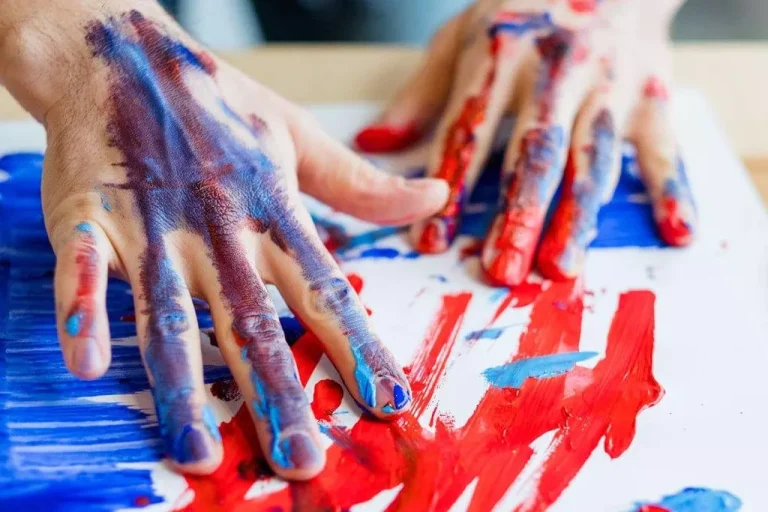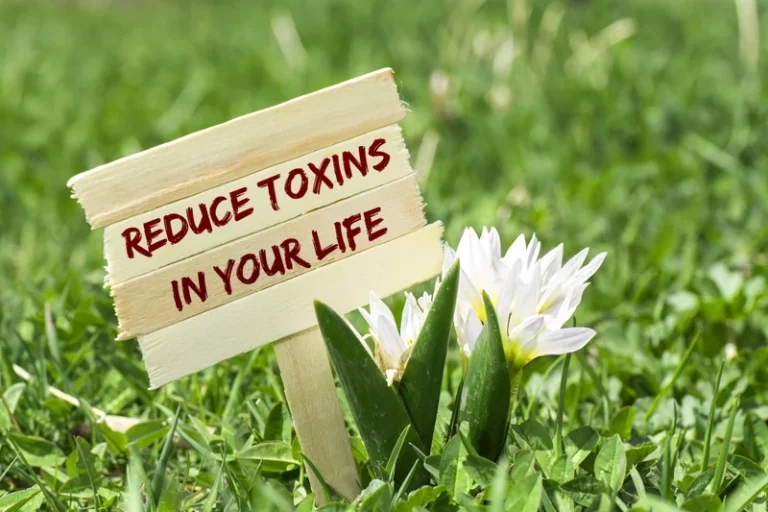Alcoholic Nose Rhinophyma: The Real Cause, and How to Treat It

Rosacea is a common skin condition that usually manifests itself as splotches of red skin, usually across the face and nose. Transcend Recovery Community family of sober living homes provides a safe place for those undergoing mental health and addiction treatment to live with like-minded peers. Enlarged blood vessels and tissue overgrowth can cause disfigurement. It’s considered the most effective option for long-term success. Earlier stages of rosacea can be confused with acne and other skin conditions.

What Alcohol Does to Your Face
- The skin can become inflamed and turn purple or red depending on the amount of blood in that body area.
- Dermatology experts recommend anti-acne treatments, moisturizing your dry skin caused by rosacea, and using sunscreen lotions.
- The characteristic appearance of rhinophyma often makes it easy to diagnose with a visual examination.
- According to the Mayo Clinic, rosacea symptoms often come in episodes.
- The exact cause of rhinophyma is unknown, but it’s considered a subtype of severe rosacea.
- Yet chronic alcohol abuse can worsen the condition (rosacea), which leads to drinker’s nose when left untreated.
If you think your drinking habits are causing your alcoholic nose flare-ups, know that the best way to stop them is to quit drinking. Your insurance plan may cover some or all of the cost of treatment for drug or alcohol addiction. Our online health insurance verification system will estimate your in-network and out-of-network deductibles, alcoholic nose coinsurance percentages and out-of-pocket maximums. Within 5 minutes, you’ll receive an email with these details – free of charge. Not everyone with rosacea who develops thickened skin will go on to develop rhinophyma. But for people who do, having chronic infections is common, since fluids in the skin ultimately trap bacteria.

Serenity Lane Provides Compassionate Addiction Treatment for Alcohol in the Pacific Northwest

In its early stages, rosacea causes the cheeks to flush warmly. While it primarily affects the nasal area of Caucasian men between the ages of 50 and 70, people of all ages and skin tones can have the condition. Out of these options, carbon dioxide laser surgery is considered the preferred option because it allows for the most precise removal of excess tissue. Still, many doctors may recommend a multi-solution approach that combines options such as carbon dioxide lasers with dermabrasion to better remove damaged tissue. Having a big nose, even as a result of rosacea, is not necessarily a sign of alcoholism. Unfortunately, doctors are not yet clear on the direct cause of rhinophyma.

Alcoholics Nose: What It Is, What Causes It, & How to Get Help for an Addiction to Alcohol
This condition is significantly more common in men, especially between the ages of 50 to 70 years. Sunshine Behavioral Health strives to help people who are facing substance abuse, addiction, mental health disorders, or a combination of these conditions. It does this by providing compassionate care and evidence-based content that addresses health, treatment, and recovery. While it’s true that alcohol use may trigger rosacea flare-ups, this does not mean that every person with rosacea will automatically develop rhinophyma. It is an extreme side effect only experienced by a small percentage of people who suffer from rosacea.
Why Alcohol Abuse Gets The Blame For Rhinophyma
- Within 5 minutes, you’ll receive an email with these details – free of charge.
- It is important to emphasize that at the end of the day, alcoholic nose doesn’t really have much to do with alcohol at all.
- As the bloodstream absorbs alcohol, blood vessels become bigger.
- Detox often involves a medical environment to help ease alcoholic nose symptoms and withdrawal.
- According to more recent studies, however, the definitive link between alcohol consumption and rhinophyma has been disproven.
- Some acne medications may also reduce many of the symptoms of rhinophyma.

